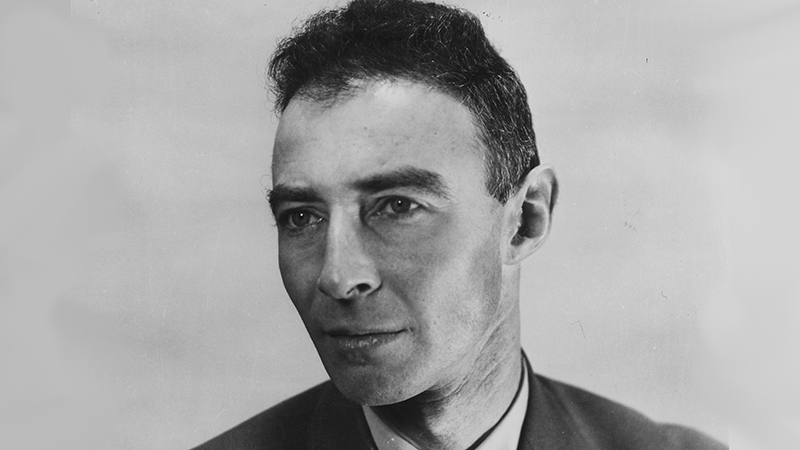In this short talk from Techonomy 2011 in Tuscon, Ariz., Anil Chitrakar, founder of Conservation Camps for Children, gives four examples of how technology and social incentives are changing the lives of Nepalese.
Chitrakar: Well, thank you very much. Let me quickly take you to the other side of the world. That’s a picture of a national park in Nepal, and you see, probably, an American couple on an elephant going through the national parks. Now, it’s very romantic, when you think of 11 percent of Nepal being a national park.
About 30 years ago, there was a constant conflict between the park and the people. And so when you studied exactly what the problem was, the local people basically had two needs. One was fuel, which was to cook and take care of their household needs. The second was to graze their animals. So here is a technological application. So this is what a methane gas plant looks like. Basically you take the animal manure, and also the human waste, and it goes into this tank, and you generate methane. Now at the household level if you generate enough methane, basically it makes it [unnessary] for people to have to the national park to collect firewood, and secondly, because you need to stall feed the animals for the manure, you don’t graze them anymore. So it’s quite a good idea. But the point, the 180 degrees, is that we always define these people as stakeholders. You could not always pay for these plants, so what we needed to do was make them shareholders of the national park, and so by changing the National Parks Act, they basically own 50 percent of the revenue generated by the national parks. Today we’ve build 240 thousand of these units, and expanded the national park system from 11 percent to 20 percent of the total land in Nepal.
So just, a quick note also, in the mountainous areas of Nepal, one out of 10 Nepali households today have their own hydropower. And the notion that it took a big company, or engineers, and a lot of sophisticated people, to build hydroplants, so the change was that we demystified the technology and enabled local people to build their own community hydropower plants. So the result is people have a much better quality of life in this hydropower plant operation.
The third example I want to give is in Kathmandu Valley, air pollution is a problem, and so these three-wheelers some years back were all diesel and very polluting. And so basically the response, as we heard in this conference, was to weight a lot of these incentives. What we did basically was weigh all the incentives that a company would need in order to convert the three-wheelers into electric. And so by constantly piling up the necessary incentives that a company would need, today all the diesel three-wheelers in the Kathmandu Valley are all electric, so they run through the streets of Kathmandu.
The last example I wanted to give: this is a simple solar home lighting system. You can see a three-watt solar panel, stores electricity in three [batteries] in the little box. With this type of energy you can have two sets of LED, so white clean light, but then it’s also enough to play two radios in the house. And now we’ve tricked the system so that it also charges the mobile phone. So the way the mobile phone will expand is because you have a charger.
Then the latest application I am working on, basically you can mix salt water into a little bottle, and if you put an electrode in and charge it, with this system you can get chlorine. Now one liter of chlorine is enough to treat 4,000 liters of drinking water in rural Nepal. So those are just a few examples of 180 degree thinking.
Conservation Camps Founder on How Tech Is Changing Life in Nepal
In this short talk from Techonomy 2011 in Tuscon, Ariz., Anil Chitrakar, founder of Conservation Camps for Children, gives four examples of how technology and social incentives are changing the lives of Nepalese.














